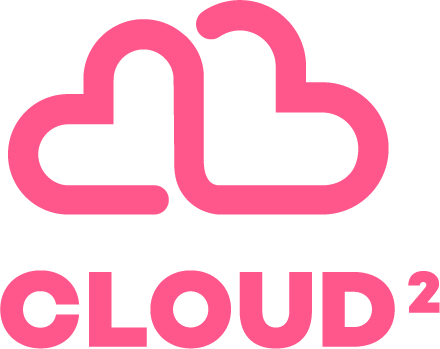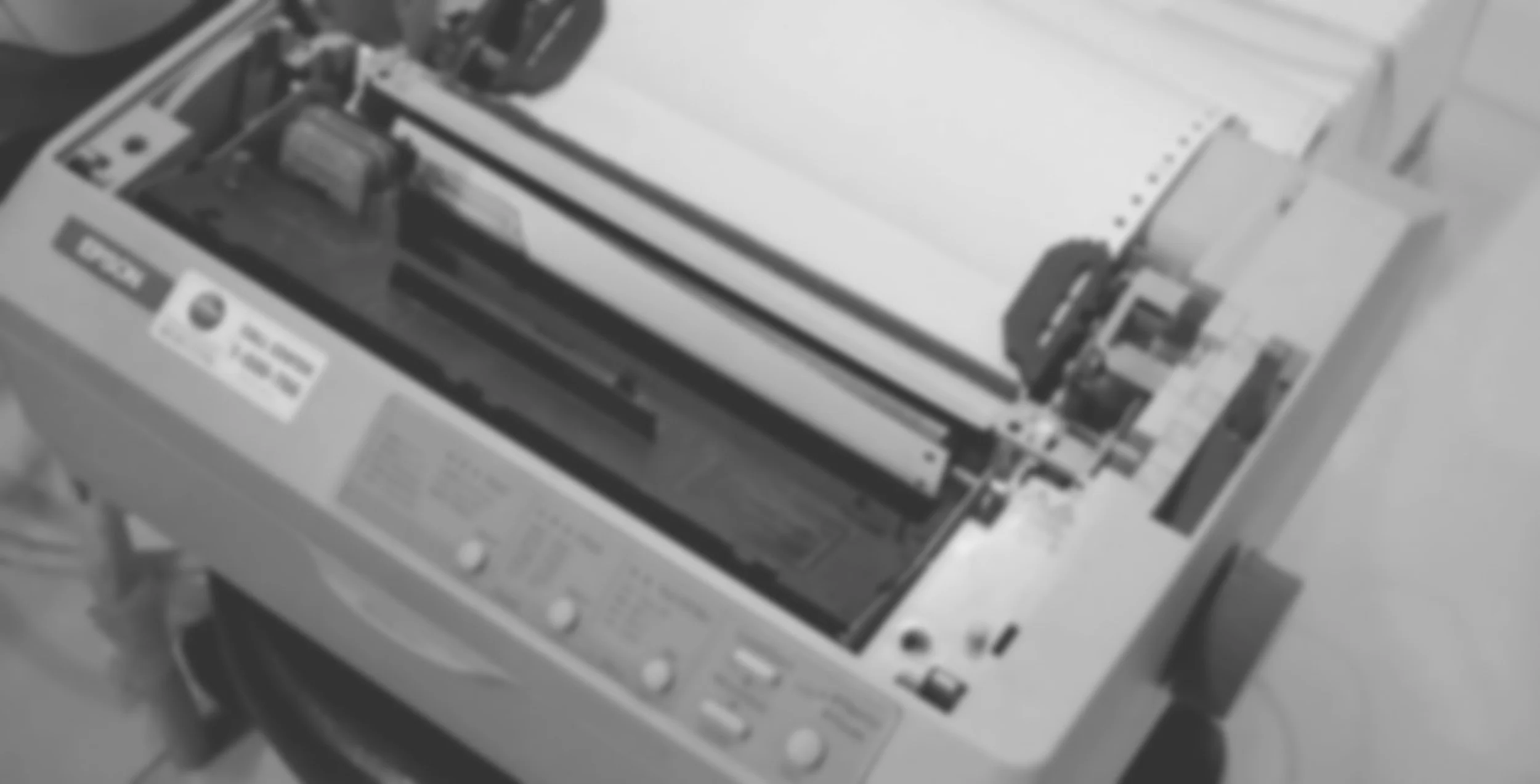The Day I Realized I’m the Fax Machine
Back when the Nokia Communicator was the king of pockets, men were made of steel and ships of wood, I worked at a place where the future was still only a vision. There was a daily process with a customer:
Someone in the customer office updated some stuff in Excel
She printed the Excel to paper
She faxed the paper to us
Our fax machine went brrrrr and printed the Excel to paper
Someone on our side re-typed it into… Excel
Somewhere someone had said that “fax or snail mail are the only secure enough means to transfer this highly sensitive information.” We’d collect the paper, smooth it flat, and another very diligent person would retype those cells into our own copy of Excel. Data crossed the city by way of ink and friction, and everyone felt comforted that the important stuff had touched paper.
That was the ritual. It even felt serious.
I laughed about it for years. What else can you do?
Fast forward to last week. I’m at my desk, coffee cooling beside a small mountain range of receipts: taxi, lunch, that one adapter I absolutely didn’t need and somehow needed anyway. My phone is chirping, push notifications from banks, wallets, and half a dozen “smart” tools that swear they’ve automated my life. I’ve just finished paying for something with my face click. Everything is seamless, secure, beautifully digital.
Then I open the expense system.
“Monthly update of expense invoices,” reads the calendar event that I’ve rescheduled twice. (Late again. Sorry, Emily and Tiia) I inhale, square my shoulders, and begin the process.
I photograph the thin, crumpled ghosts of transactions that were born digital and made physical for my sins. I angle my phone so the light doesn’t glare. I retake because the corner is blurry. I pinch to crop. I type the same merchant name my card already knows. I guess the category my bank already inferred. I scroll a drop-down that replicates a policy written in a PDF that nobody reads. I attach, submit, repeat. The machine in front of me hums. Somewhere, a metaphorical thermal printer curls.
And it hits me with the force of a fax beep in an empty office at 7:03 a.m. I am the integration. I am the cable. I am the fax machine.
The tools are fine. Better than fine. The card feed is live; the wallet is instant; the accounting system is “AI-powered,” which I’m told means it can read my receipts and sometimes mistake a 6 for a 0 with remarkable confidence.
But the workflow? The workflow is a superstition in a digital suit. We have decided, collectively, politely, that a photograph of a piece of paper is more “real” than the data that created the paper in the first place. It’s our modern version of “fax is secure.” Now it’s “a picture is audit-proof.” Same energy. Different century.
As I work through the pile, I remember the person on the other end of that old fax. I picture her loading a fresh ream, feeding the paper, waiting for the confirm beep. She wasn’t doing anything stupid. She was doing what the process allowed. She was doing what the policy demanded. She was doing what someone once said was the safest way to do it.
That’s me, now. Every time I snap a receipt, I’m not automating anything; I’m re-enacting an old certainty. I’m soothing a rule with a ritual. And like any ritual, it’s weirdly comforting, because it asks me not to think, only to perform.
I stop. I put the phone down. The absurdity hangs in the room with me, like the smell of hot plastic from a busy fax machine.
What would the sane version of this look like? When I tap “Pay,” the receipt, structured, line-itemed, tax-coded arrives in my books without me playing the mule. My job becomes judgment, not transcription: “Yes, that’s a client lunch,” “No, that’s hardware, not office supplies,” “Hold this, policy question.” The system explains itself, keeps a trail, asks me when it’s unsure, shuts up when it’s not. The auditor smiles because the evidence is metadata with provenance, not a jpeg of a coffee stain.
And what would it take? Not a better camera. Not a cleverer crop. It would take the parties agreeing on a common language, incentives lining up long enough for merchants, banks, wallets, and ledgers to stop pretending email attachments are APIs. It would take us, buyers, builders, leaders to stop rewarding software that makes us feel productive while quietly hiring us as unpaid data entry clerks.
The last receipt is a taxi. I stare at the symbols on the paper, the ones my phone already had, the ones my bank already parsed, the ones my expense tool will parse again and I feel that old laugh dying in my throat. The joke’s on me.
I finish the batch (again: sorry, Emily). I close the tab. I write this instead, as a small act of penance and a larger act of commitment. I don’t want to be the fax machine anymore. I don’t want my team to be. I don’t want our customers to be.
If we’re going to live in 2025, then let’s live here properly: let people make decisions; let systems move the numbers.
Some day, not far from now, a younger version of me will hear this story about a CTO who took phone photos of paper to prove a digital payment happened, and he’ll laugh the way I laughed at the fax. I hope he adds, “Why on earth did they do that?”
Because we were halfway to the future and still clinging to the comfort of paper.
Because we forgot that technology only matters when the process changes with it.
Because we hadn’t yet decided to kill the fax inside our pockets.
I don’t want to forget that again.





